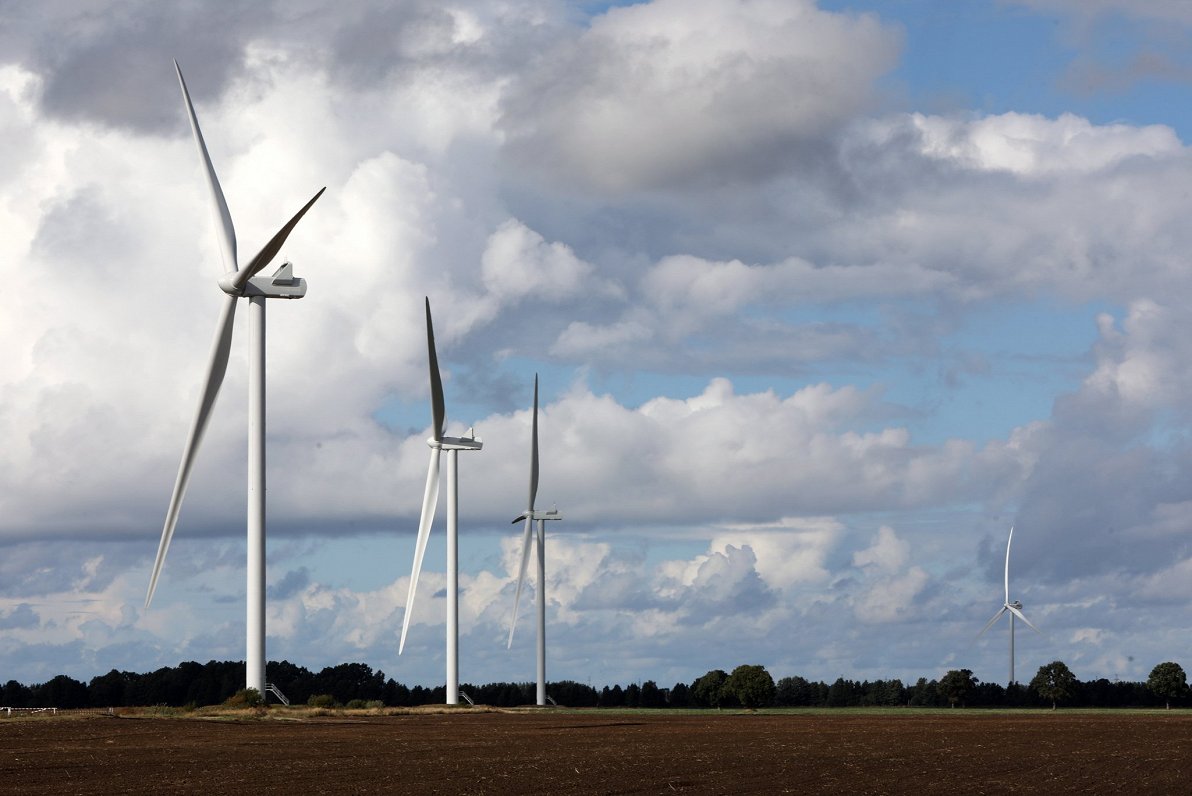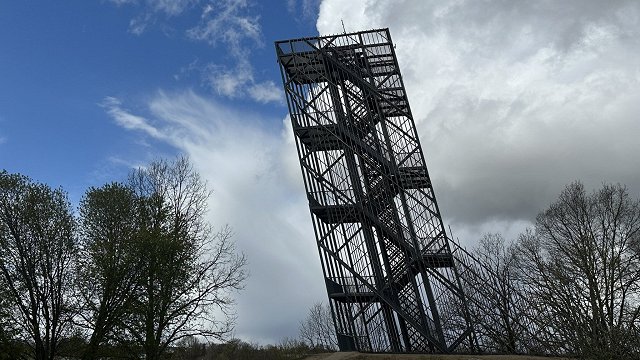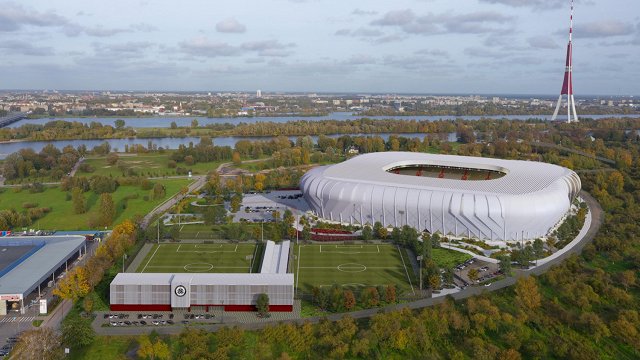Over the five years from 2018 to 2022 it has grown by 2.4 % or 1.9 PJ.
In 2022 fuelwood took 80.2 % of the gross consumption of renewables (78.6 % in 2021), electricity took 13.6 %, biogas 1.0 % (down by 1.6 percentage points compared to 2021), while biofuel and other energy 2.6 % and 2.4 %, respectively.
Over the past five years gross consumption of fuelwood has increased by 2.9 % or 1.8 PJ and reached 64.0 PJ in 2022. Over the year fuelwood consumption has gone up by 2.2 % or 1.4 PJ.
In 2022 electricity consumption in the transport sector reached 365 TJ, which is 4.0 % (14 TJ) more than in 2021.
"The upturn may be explained by growing number of electric vehicles registered," said the CSB.
Compared to the year before, electricity consumption in road transport grew by 19.2 % (20 TJ) while in rail transport (due to fewer tram runs as COVID-19 social distancing restrictions were lifted) reduced by 1.3 % (3 TJ).
35% increase in wind power
In 2022, 4 997 GWh of electricity were generated in Latvia (14.5 % fewer than in 2021), of which 3 783 GWh were produced from renewables (up by 1.7 % or 65 GWh compared to 2021). Last year also the volume of primary electricity produced by wind power plants increased – 190 GWh, which is 34.8 % (49 GWh) more than in 2021.
Hydroelectric power plants generated 2 750 GWh of electricity (1.6 % or 42 GWh more than a year ago) and solar power plants 41 GWh (which is significantly – 34 GWh – more and is related to increasing popularity of solar panels).
Combined heat and power plants (CHP) generated 2 016 GWh of electricity (of which 39.8 % from renewables in biogas and biomass CHP plants), which is 11 percentage points more than in 2021. In 2022, compared to the year before, the volume of electricity produced by biogas CHP plants fell from 292 GWh to 250 GWh (by 14.4 %) and that generated by biomass power plants and CHP plants from 570 GWh to 552 GWh (by 3.2 %).
Latvia is getting closer to the EU's strategic goal of reaching 50 % of renewable energy in gross final energy consumption by 2030. In terms of highest share of renewables in the final energy consumption Latvia ranks third in the EU (in 2021 Latvia had 42.11 % and EU average was 21.78 %).




























